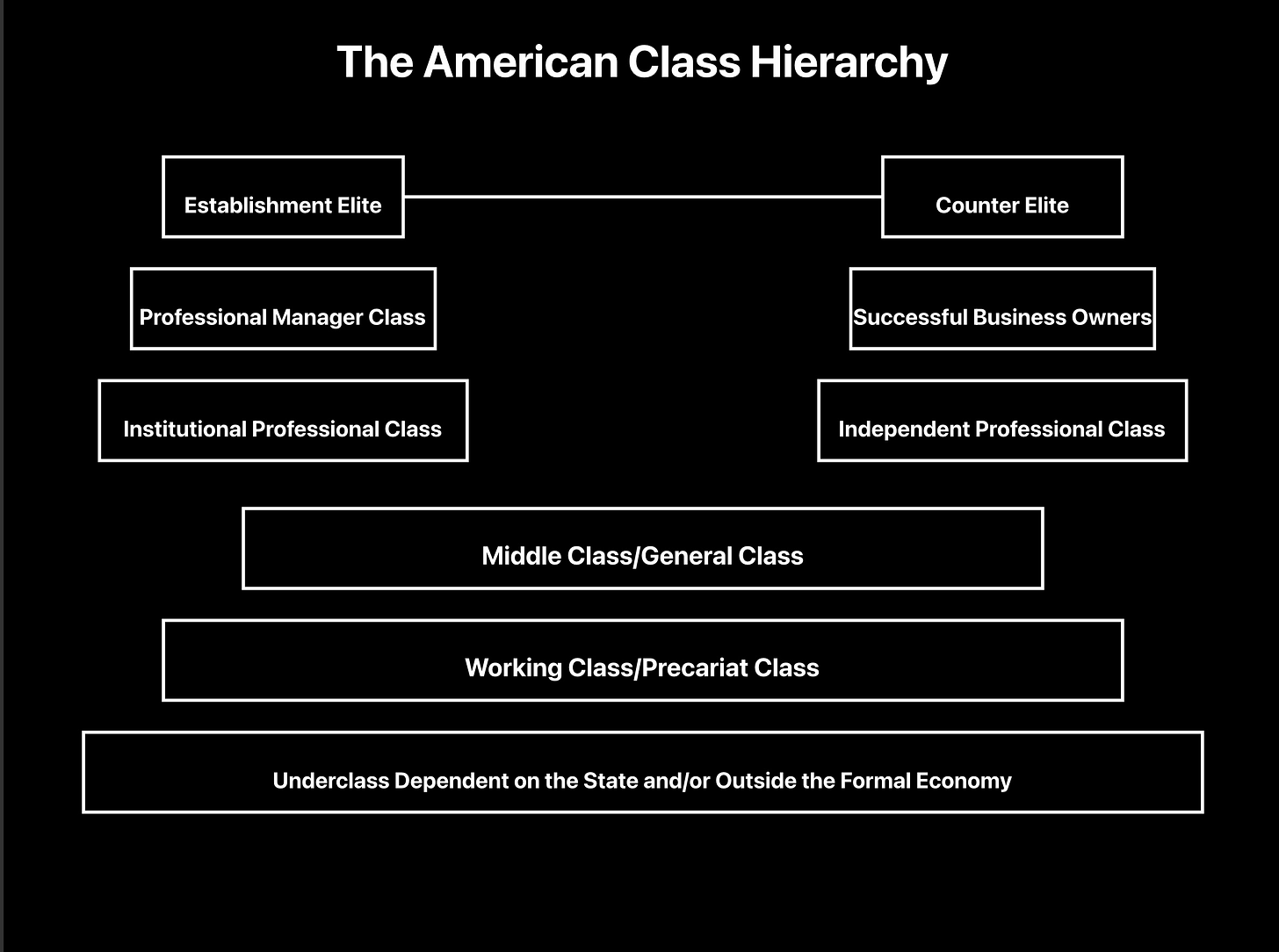I’ve sat through more bland PowerPoint presentations than I care to count—especially from countries boasting massive trade surpluses with the United States. They all follow the same formula: a slide showing the date they joined the WTO, followed by a neat correlation to their GDP growth. It’s practically a template at this point, a repetitive story that amounts to what I call “death by PowerPoint.” And honestly, it’s not surprising. If you peel back the layers, their entire economic model is built on maintaining a trade surplus with the U.S. to attract even more capital. It’s nothing new, yet it keeps getting repackaged as if it’s some brilliant economic breakthrough.
The Deception of Free Trade
The irony is that this entire model stems from the deception of free trade, something Bill Clinton and the government helped champion under the illusion of doing good. The promise was mutual prosperity, but in reality, it became an asymmetrical game where other nations amassed wealth while the U.S. hollowed out its industrial base. The narrative of free trade was presented as an unquestionable good, a force for economic equality, but it instead accelerated wealth concentration, particularly in manufacturing-heavy economies like China. What was once seen as a noble economic strategy has now, at least moderately, begun to invert—exposing the flaws in the system that so many refused to acknowledge for decades. The U.S. is now selectively reshoring industries, and the very same institutions that once praised unregulated free trade are now grappling with its unintended consequences.
The Golden Age of Belief
This reminds me of how certain truths—uncomfortable as they may be—always find a way to emerge, whether through solid math, abstract thought experiments, or the sheer force of reality. The wrong ideas of the past don’t just fade away; they leave consequences. Just like free trade was once sold as an unquestionable good, many other illusions persist simply because people refuse to challenge them.
Take generational awareness, for example. I’ve noticed that zoomers tend to be far more racially aware than boomers. And why wouldn’t they be? Boomers grew up in a different world, one without large-scale multicultural migration. They never had to confront its potential downsides firsthand, so they blindly assumed it would always work out fine. But reality has a way of proving people wrong.
Post-COVID, something even more interesting has emerged: a counter-hierarchy that challenges long-held narratives. Before 2020, the dominant social and economic structures functioned in a predictable way—politicians, corporate elites, and legacy media dictated consensus. However, the pandemic accelerated the decline of these institutions' credibility. The rise of decentralized financial systems, independent content creators, and alternative economic models has reshaped the landscape. Trust in mainstream narratives has eroded significantly, and people are now more likely to seek out information from non-traditional sources.
Statistical evidence supports this shift. According to a Gallup poll, trust in mainstream media hit an all-time low post-COVID, with only 34% of Americans expressing confidence in traditional news outlets. Meanwhile, financial independence movements, cryptocurrency adoption, and decentralization trends have surged, with crypto ownership rising from 9% in 2019 to 22% in 2023, per Pew Research. These trends highlight how the post-COVID world has created new verticals of influence, challenging the previously rigid hierarchy of information and power.
Exceptionalism vs. Reality
That’s why I reject the idea that all people are fundamentally the same. The world doesn’t operate on comforting illusions; it operates on hard truths. Yet we’re constantly discouraged from pointing them out. Most boomers, from my perspective, will go to their graves believing that anyone who challenges their worldview is simply hateful. They lived their lives in comfortable suburbs or on cruise ships with like-minded peers, insulated from the real-world consequences of the policies they championed. But the truth doesn’t care about comfort—it will reveal itself, whether people are ready for it or not.
It’s a tragedy that so many people can’t grasp these ideas in theory; they have to experience the fallout themselves. This is why Ayn Rand’s work became so prolific—she didn’t just theorize about ideology, she articulated what she had lived through. Experience is the ultimate teacher, and those who refuse to learn from the past will be forced to learn the hard way in the present.
The Final Reckoning
In the end, whether it’s the recycled WTO trade surplus PowerPoints or the tired insistence that “we’re all the same,” these narratives don’t fool me anymore. They might serve as temporary distractions for those desperate to believe them, but reality will always have the final say. The post-COVID counter-hierarchy is a direct response to this deception, forcing people to question what was once considered an undeniable truth.
No amount of polished slides, empty reassurances, or carefully curated illusions can stand against the truth forever. Sometimes, the only way society wants to learn is through direct experience—even if that experience is painful. And right now, we’re witnessing that learning process unfold in real time.











